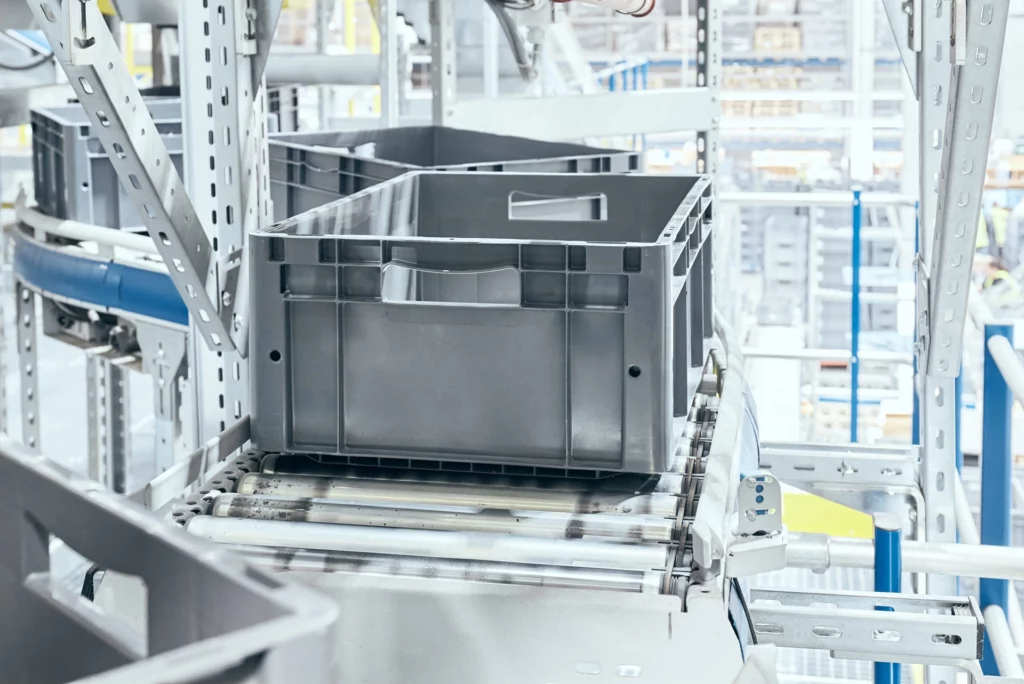A business can only run as smoothly as its equipment. Capital equipment is expensive, but if a processing line is a body, they are its most vital organ. Many manufacturers have used automated washers to solve their unique challenges. While automated container washers present an up-front cost, the return on investment is exponential.
Over time, they can save thousands of dollars by minimizing the time, labor, and resources needed to ensure your operation meets food safety standards like the FSMA.
Here are a few important ways to ensure you’re getting the highest returns on your investment in an automated washer.
Perform Routine Maintenance
Like the human body, processing equipment must be maintained to perform at its best. Routine maintenance is integral to your automated washer’s performance and longevity. It prevents the need for tune-ups, parts replacement, and machine downtime.
Here is an example of daily, monthly, and 90-day maintenance schedules for an automated container washer:
Daily
- Clear filters
- Scrub select parts
Monthly
- Check and adjust belt tension
- Check and adjust slip clutch
- Check electrical connections
Every 90 Days
- Grease motors and bearings
- Drain gear oil from the drive reducer
The manufacturer likely provided a maintenance manual outlining your machine’s specific maintenance needs. If not, reach out to their service department for your machine’s maintenance schedule.
Maintenance is most effective when standardized. Create a system with your employees that ensures all maintenance tasks are completed correctly and on time.
Train all employees on your container washer
While automated washers are designed for ease of operation, any employee that interacts with your washer should receive training first. Misuse or mishandling of the machine and its components will increase the need for tune-ups or cause machine downtime due to broken parts, leaving your operation without sanitation.
Train employees on proper loading, unloading, and cleaning procedures. Train any maintenance workers or mechanics on staff on proper replacement and diagnostic techniques. All training should be done before the employee ever interacts with the washer and should be consistent across all employees.
When in doubt, refer to the maintenance manual. Many manufacturers offer walkthroughs upon installation, and some, like Douglas Machines, offer virtual training materials and walkthroughs for ease of training.
The Occasional Check-Up
Employee training and a consistent maintenance routine prevent most hiccups, but it’s still good practice to periodically call one of the manufacturer’s certified technicians to test your container washer. Even if there’s no present issue, a trained technician can make adjustments and give recommendations to keep your machine performing to its full potential.
Capital equipment is a critical investment for any processing operation. If you keep your automated washer in good condition, the returns on that investment will be ten-fold.

